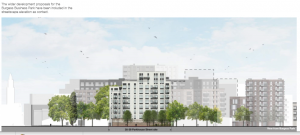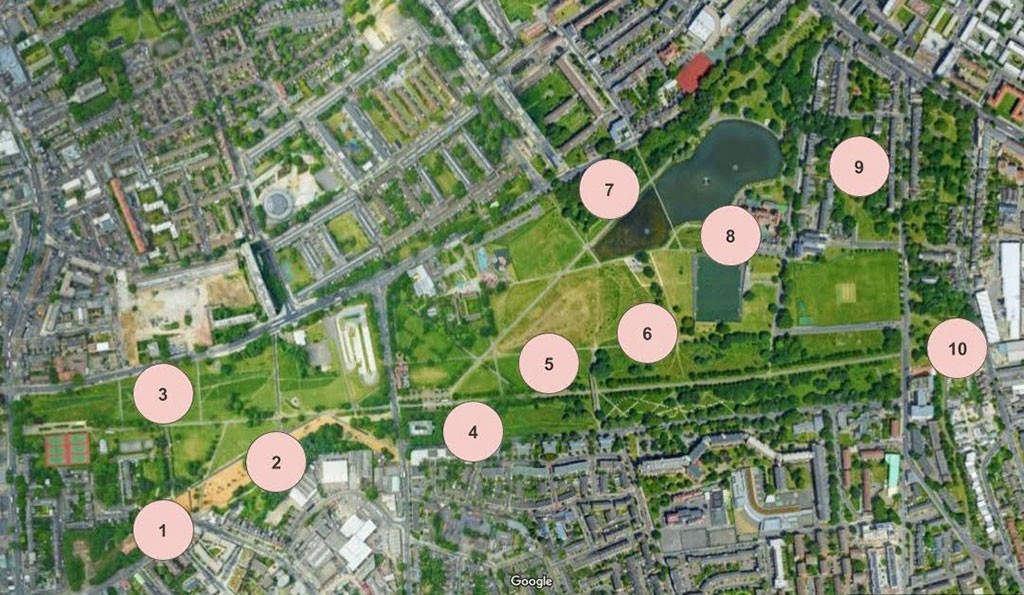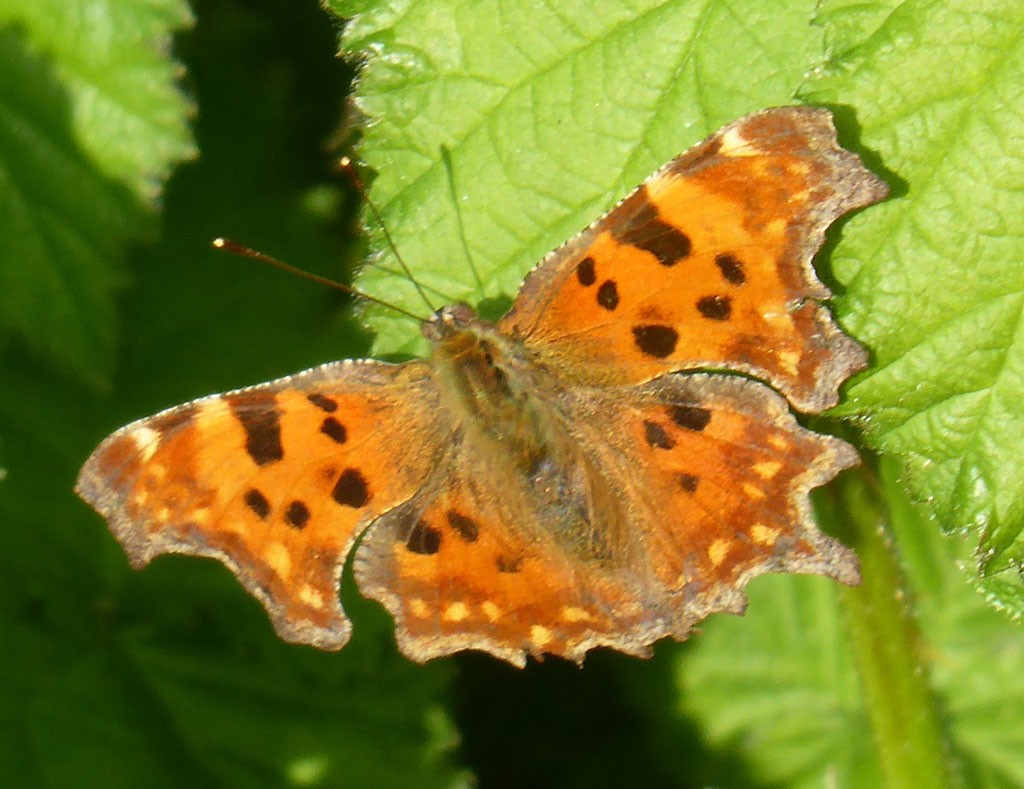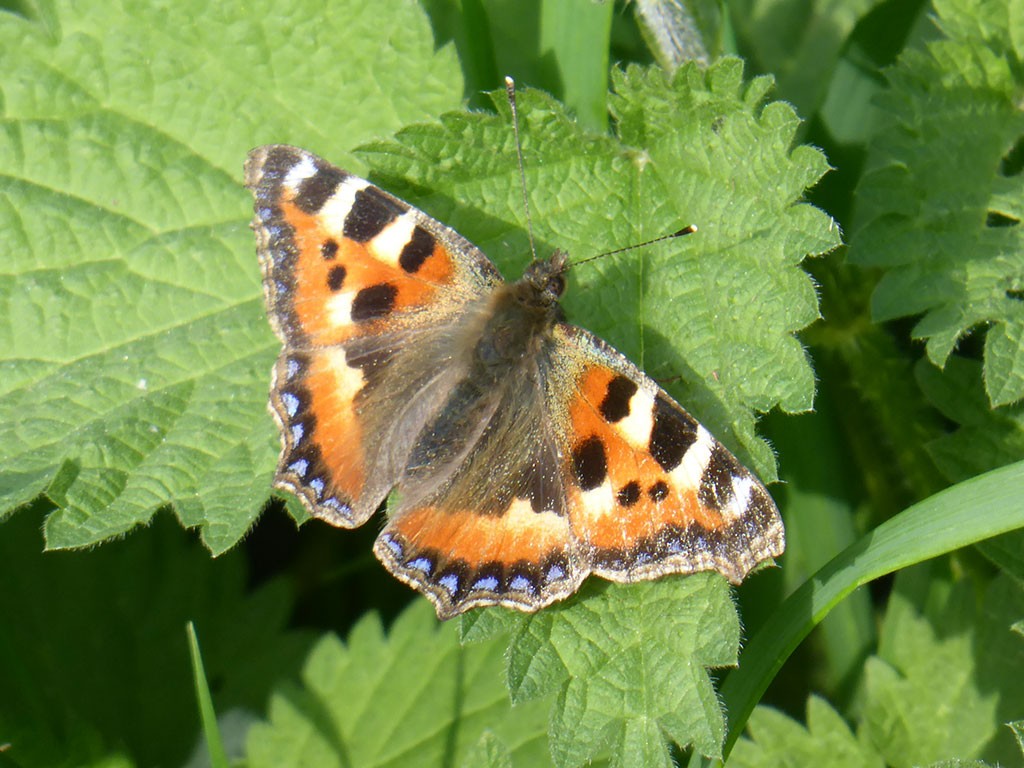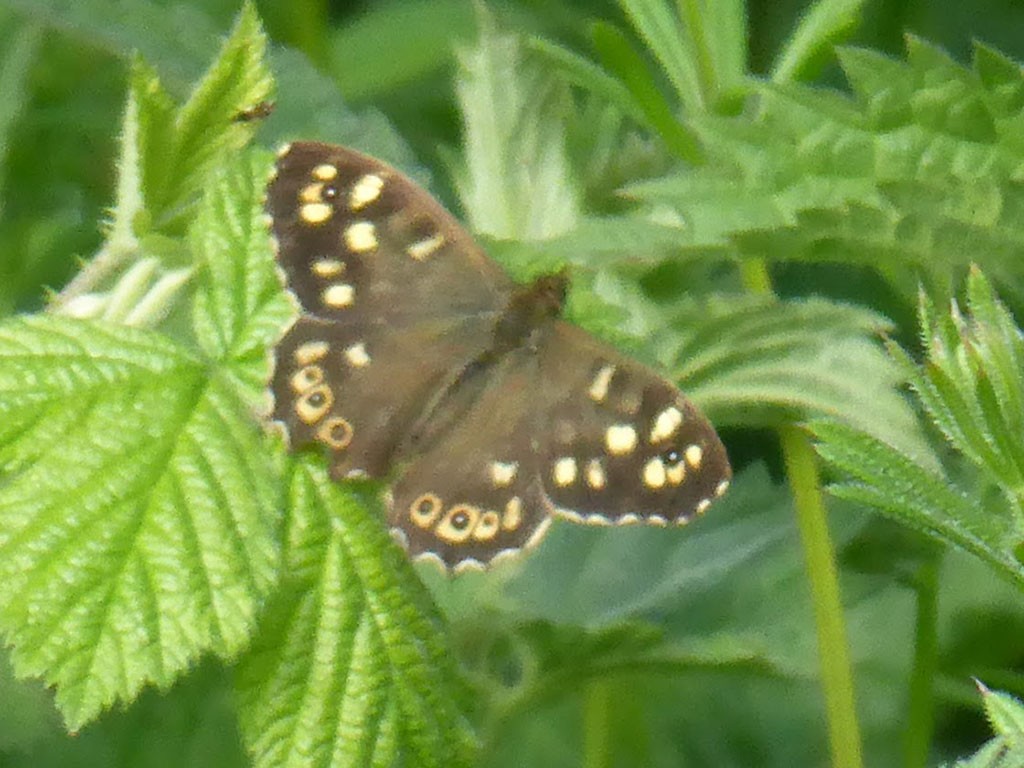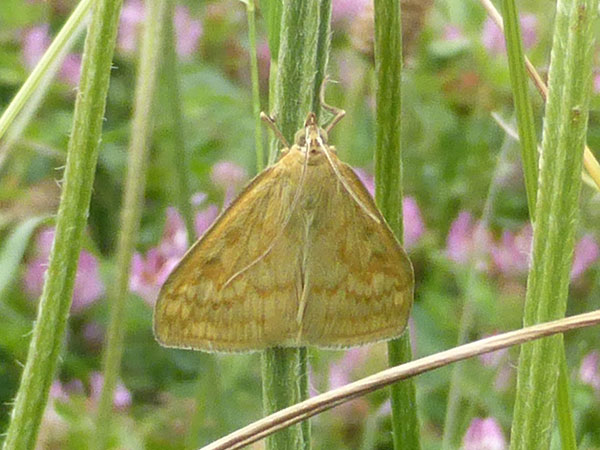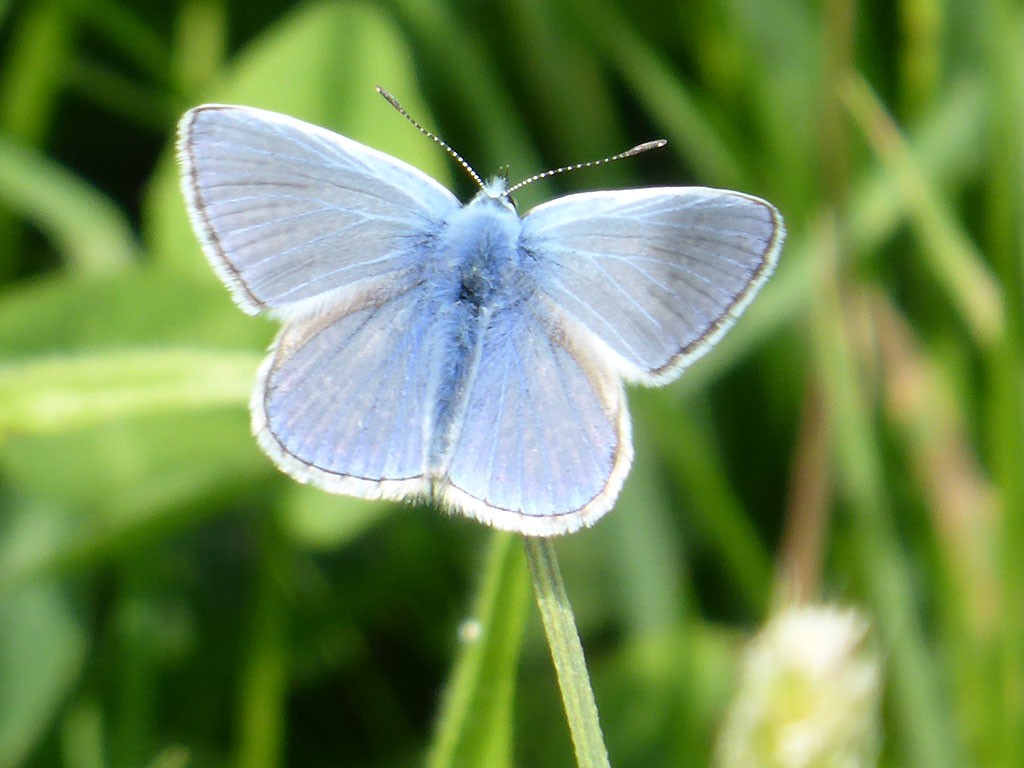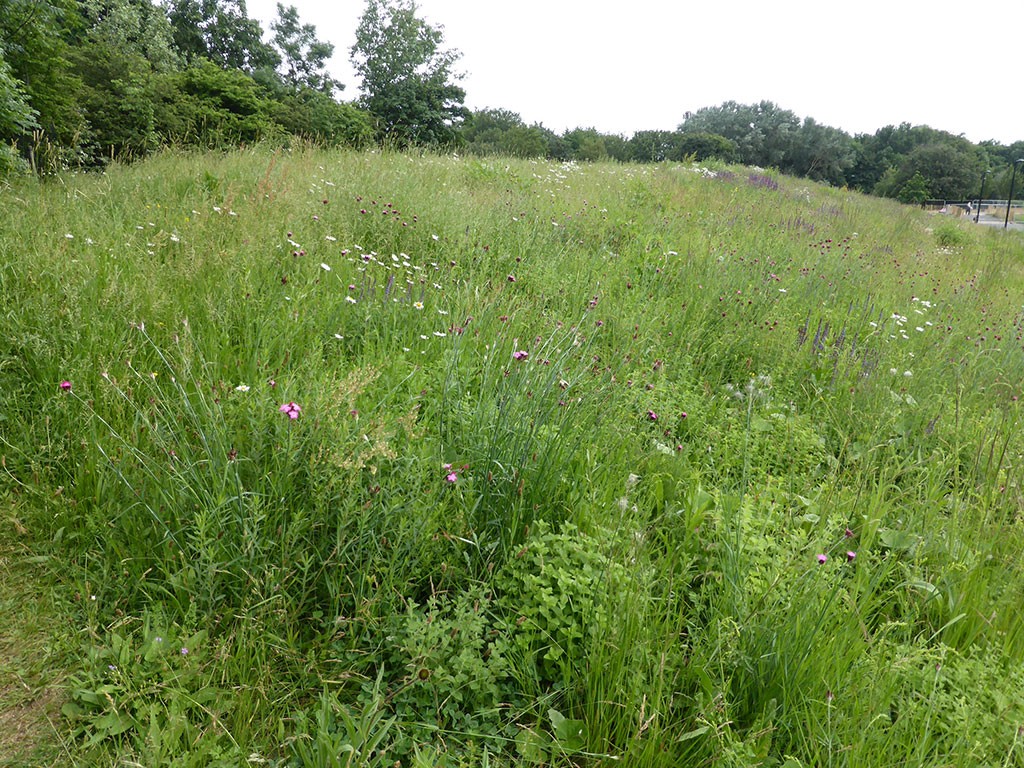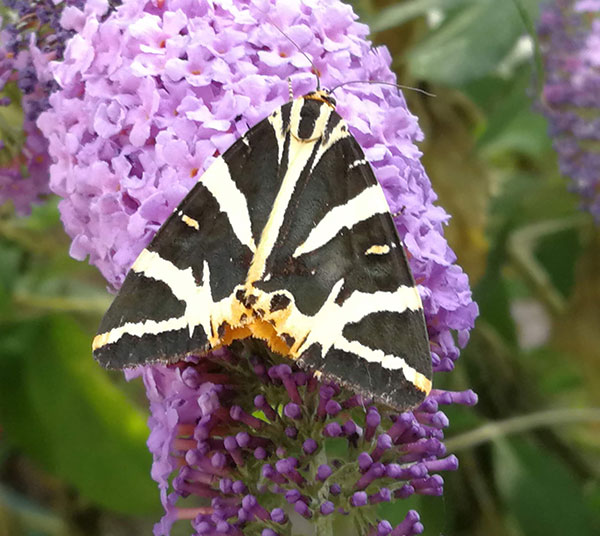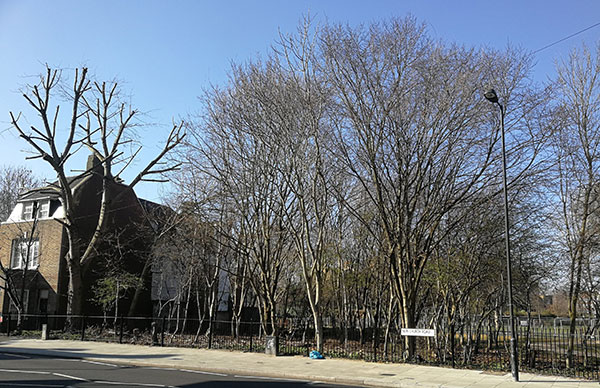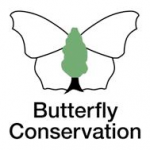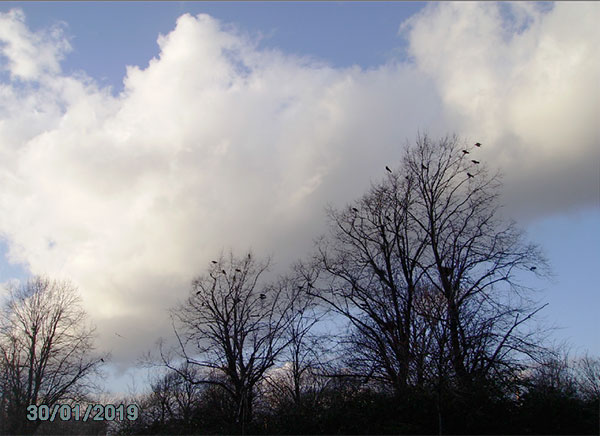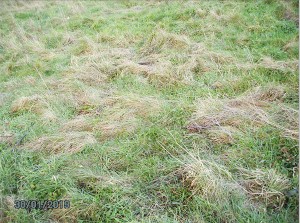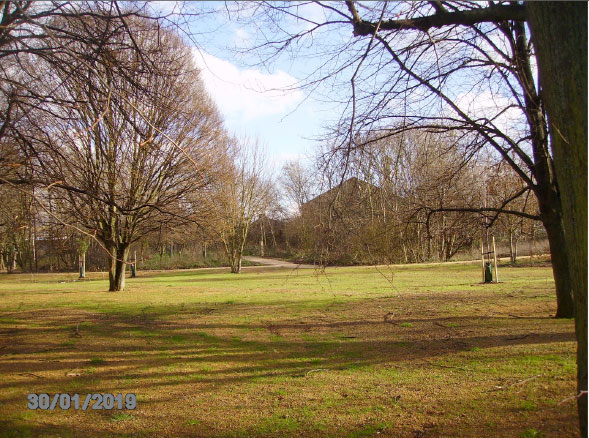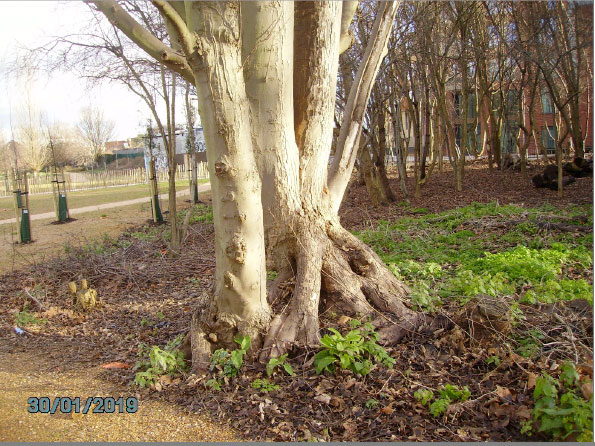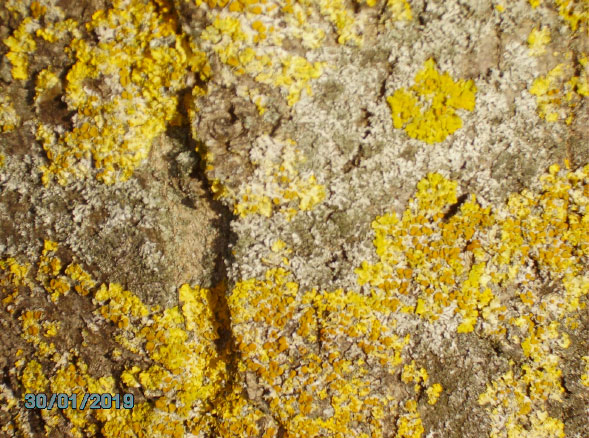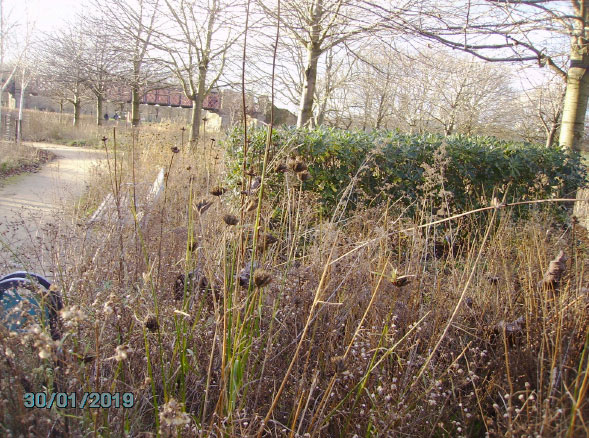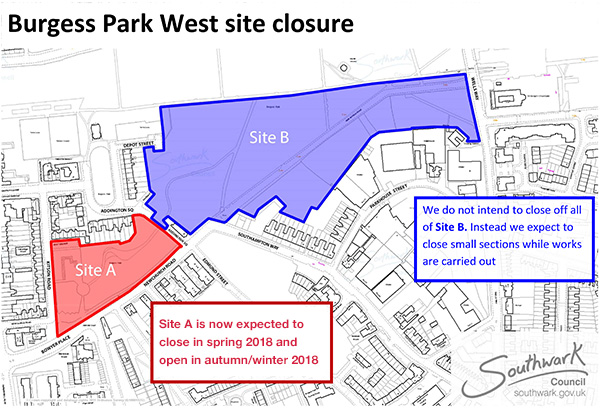Tall developments along Parkhouse Street
will block the sun
The 10 storey high blocks (about 30m) will be north facing and cast long shadows across the park. In the winter mornings the shadows will be over 100m long and reach to the main Surrey Canal path. In the summer, shorter shadows will still reach across the wildlife area, about one third the width of the park.
Overshadowing from multiple buildings* will change the character of the park. It will have a negative impact on green space, biodiversity, and people’s health and well-being.
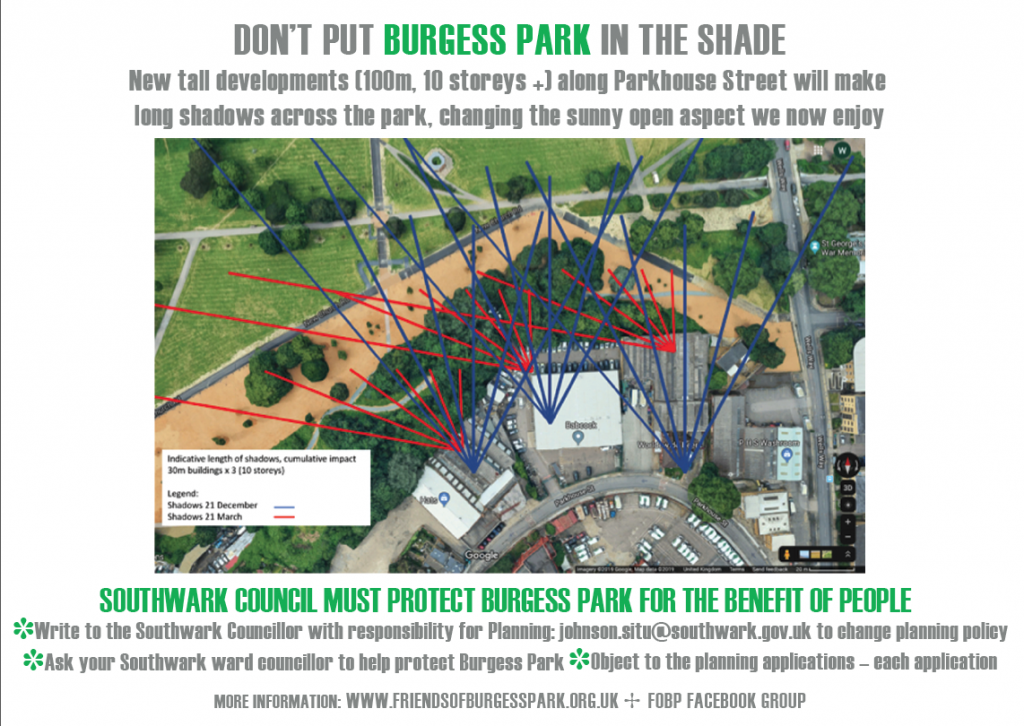 Southwark Council needs to make clear in their planning policy and discussions with developers that they are taking seriously the cumulative impact of tall buildings along the park boundary.
Southwark Council needs to make clear in their planning policy and discussions with developers that they are taking seriously the cumulative impact of tall buildings along the park boundary.
Very little will grow in the deep shade from buildings. Some plants thrive in light shade, but wildflowers and pollinators need full sun throughout the day.
People and parks both need sunshine
Burgess Park west was created in 2018/19 with a £3.5m make-over taking out New Church Road, putting in a playground and extending the wildlife area. The new walkways through the wildlife area are already popular with children, walkers and runners bringing back into use a previously closed-off, no-go area. This is the squeezed middle of the park, less than 200 meters wide, so the extra usable space is really welcome
The wildlife will take a few years to become established. But the evidence from other areas of the park is that the mix of small woodlands, meadows and native bushes attracts and encourages a good mix of plants, insects, butterflies and birds. Sometimes this habitat mix is called scrubland. Often in planning reports it is implied as having little value. That might be the case in places with lots of green space but here in Southwark our patch of green space is important to many, many people.
Inner city green space is vital for people
People who live both nearby and further away use Burgess Park. Since the re-landscaping of 2012, user numbers have gone up and up. It is one of the major parks of the area. As Southwark’s population grows it will be very difficult to make more large, green spaces where children can run freely, play rounders and football. We must look after and keep green spaces for future generations.
Burgess Park has a vital role to play for local people. Around Burgess Park the new Aylesbury area is being built, taller blocks are planned along the Old Kent Road and the new residential developments along Parkhouse Street mean that many more people will use Burgess Park. We want the park to provide high quality green space with different landscapes for people to use and enjoy.
The real value of green spaces for people is easily overlooked
BAME respondents were twice as likely as white respondents to use parks and green spaces for team and individual sports and to meet friends.
- Parks and green spaces are estimated to save the NHS around £111 million per year based solely on a reduction in GP visits.
- Statistics from Revaluing Parks and Green Spaces, Fields in Trust, 2018
* FOBP Shadows from tall buildings report, 2019

